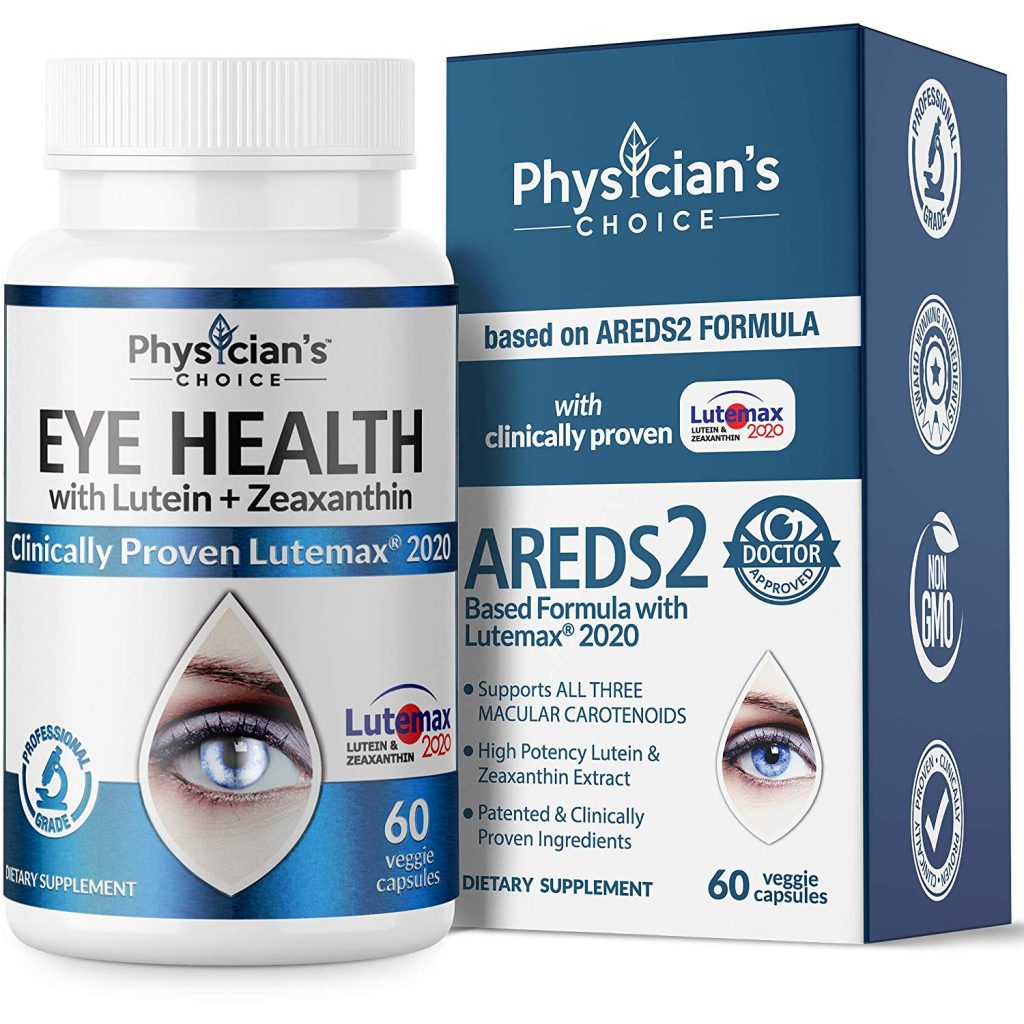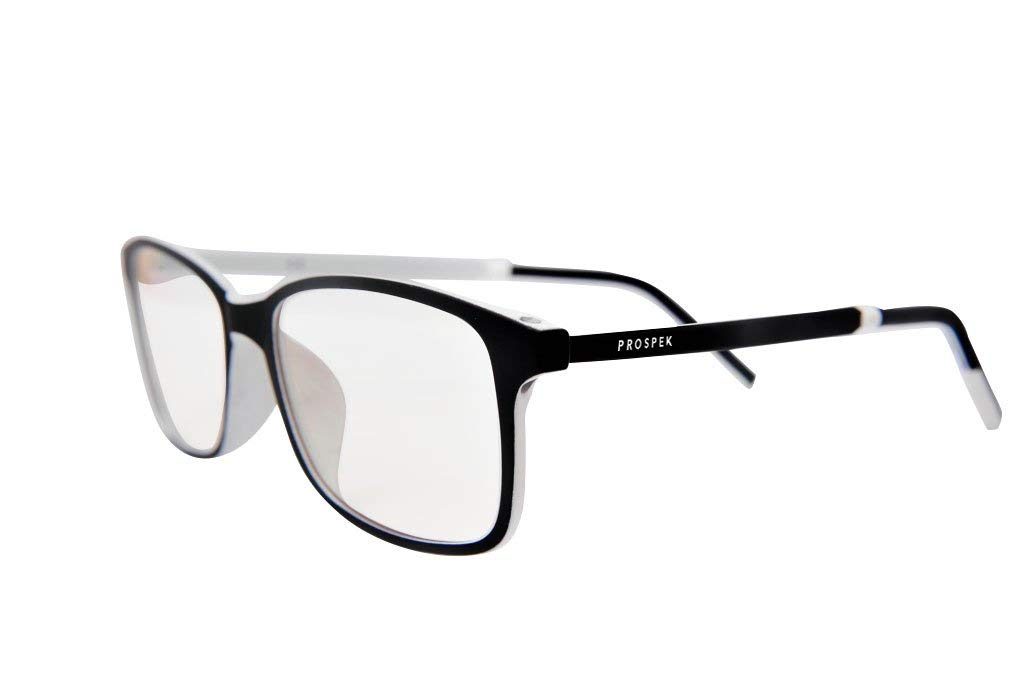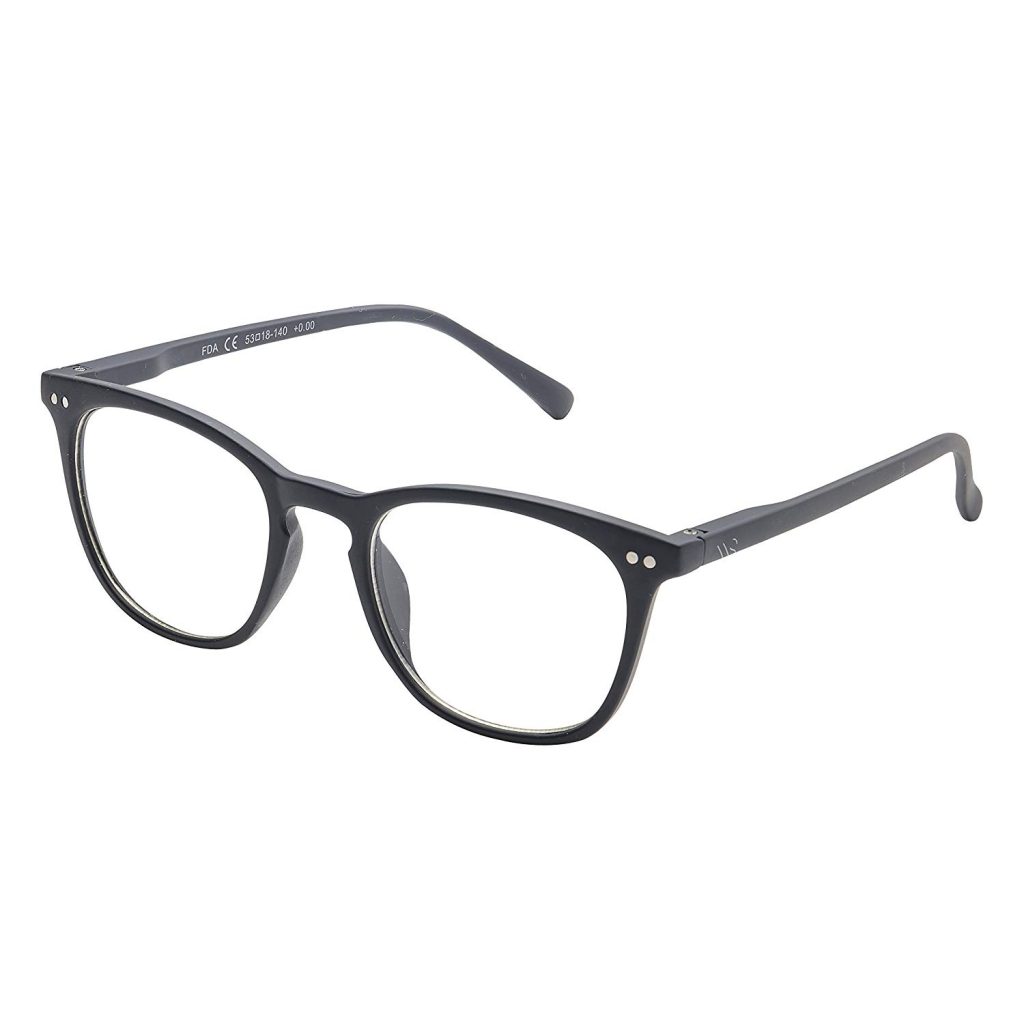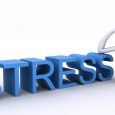What is eye strain, you say?
Let’s establish first that although this condition is very unpleasant – it can’t lead to any further eye damage, which is actually really good news.
Eye strain is in fact a group of symptoms that happen to certain people after they’ve been using their eyes way more intensely than they should have. Like for example, when using a computer for far too long or maybe sitting in the inadequate lighting, or both.
It’s caused by many different factors. For example, when you’re trying to see in dim lighting or when you’re trying to read the fine print. What all of these have in common is the unconscious clench of the muscles, not just of our eyelids, but also the muscles of our temples, jaws and overall face, which all leads to the distress of those muscles. Also, what they have in common is decreased blinking in order to be able to focus more intensely, which leads to the unusually dry socket.
Even though it represents a group of symptoms, eye strain is a symptom itself as well, not just a disease. As we already mentioned, eye strain occurs when eyes get too tired from the intense use. It usually goes away when you get the chance to rest your eyes, but if your job or your lifestyle doesn’t allow you to frequently rest your eyes, we have a few suggestions for you here.
What are the symptoms of this symptom?
- Frequent headaches;
- Blurry or cloudy vision;
- Dry feeling in the eyes;
- Mild tearing;
- Sensitivity to light;
- Tightness in certain facial areas and
- Other forms of mild discomfort.
What Should You Do If You’re Experiencing Eye Strain?
As we already mentioned, the eye strain usually goes away after you stop focusing on the visual task and you get the chance to rest your eyes, so that’s the first thing you should try to do.
If that doesn’t work, or if you have the continuous pain in the eye, or they are red and irritated, that’s not the sign of the eye strain, but rather of something more serious and you should see your ophthalmologist as soon as you can. Actually, whenever your eyes don’t get better after you rest and have them closed for a while, seek professional assistance just to be on a safe side. He might even prescribe the glasses if he feels like that would help you and your eye strain.
Believe it or not, eye strain is very common in modern society, mostly because the computer or phone usage has become almost necessary. Some even go so far to call the eye strain ‘the computer syndrome’.
Even though the symptoms of eye strain are pretty mild and only uncomfortable, this is still a major problem. You could work for hours while experiencing eye strain, but that would not leave any consequences – not on your eyes, that is.
However, it can be challenging to concentrate while suffering from the eye strain and it can lead to decreased productivity, increased amount of errors made at work and anxiety!
Here are some things you can do to minimize the chances of the eye strain:
- Adjust your lighting, so it’s appropriate for the situation;
- Set your computer screen so you can look down on it and not strain to look up at it;
- Adjust the distance to the monitor as well – not too far, but not to close either;
- Changing brightness or contrast levels, and even font size increase could come in handy;
- If your device has night vision mode – use it as soon as the natural light dissipates;
- Take frequent breaks from the visual tasks and rest your eyes (but don’t fall asleep);
- Get up and do some stretching every once in a while;
- If you feel the need to, you can also get some syntheticteardrops also known as artificial tears.
If none of these advices work for you, it might be the time to schedule a quick visit to your ophthalmologist of choice, because that probably means you’re suffering from something more long term.
Best Eye Strain Solutions











